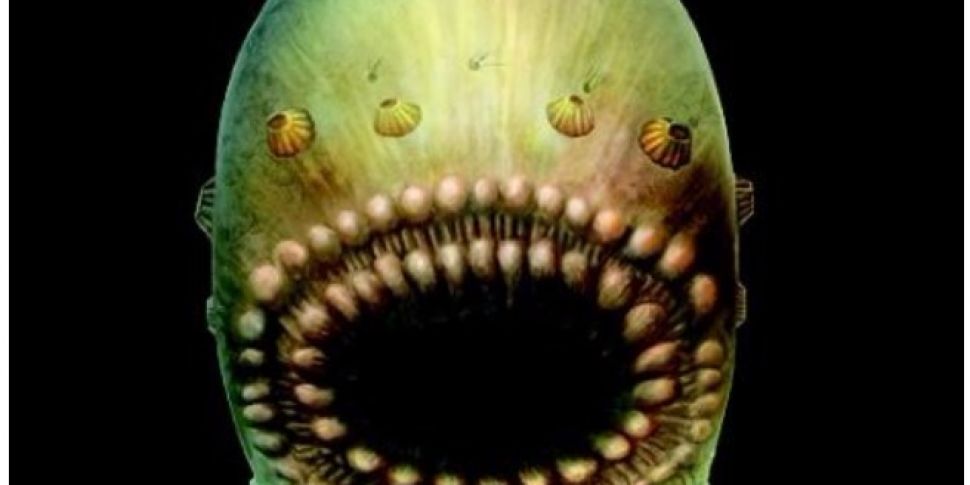A microscopic bag-like sea creature dating to 540 million years ago is the earliest known ancestor of humans, according to research on the newly discovered species.
A study published by scientists in the journal Nature said that humankind evolved from Saccorhytus, which had a large mouth, apparently had no anus and moved by wriggling.
Cambridge University experts involved in the study believe the creature, which measured a mere millimeter in length, is the most basic type of deuterostome, the name given to a broad range of living organisms that include starfish, sea urchins, acorn worms and all vertebrates.
If the conclusions of the study are correct, then this is the earliest step yet discovered on the evolutionary path that eventually led to humans, hundreds of millions of years later.
Its over-sized mouth ensured the animal could engulf its food, however scientists have found no evidence of an anus to eject waste.
Simon Conway Morris, of the University of Cambridge, said:
“If that was the case, then any waste material would simply have been taken out back through the mouth, which from our perspective, sounds rather unappealing."
Deuterostomes, which comes from the Greek for "mouth second", are organisms in which the mouth is the second orifice to develop in the embryo, after the anus, making the lack of an anus in Saccorhytus of particular interest.
Researchers discovered 45 specimens of the animal in limestone deposits in South-central China. They believe it was about a millimetre in size, lived between grains of sand on the sea bed in a shallow eco-system and had a large mouth relative to the rest of its body.
Mr Morris added that "to the naked eye, the fossils we studied look like tiny black grains, but under the microscope the level of detail is jaw-dropping".
It is thought the creature was covered with a thin, relatively flexible skin and had some sort of muscle system which could have made contractile movements to help it move around.

Photo credit: Jian Han, Northwest University, China.
The small conical structures that are on the body were likely the precursors of gill slits that later evolved in fish and other marine animals, the researchers believe. Gills were lost once the ancestors of humans and other related animals evolved to living on dry land.
Advertisement









